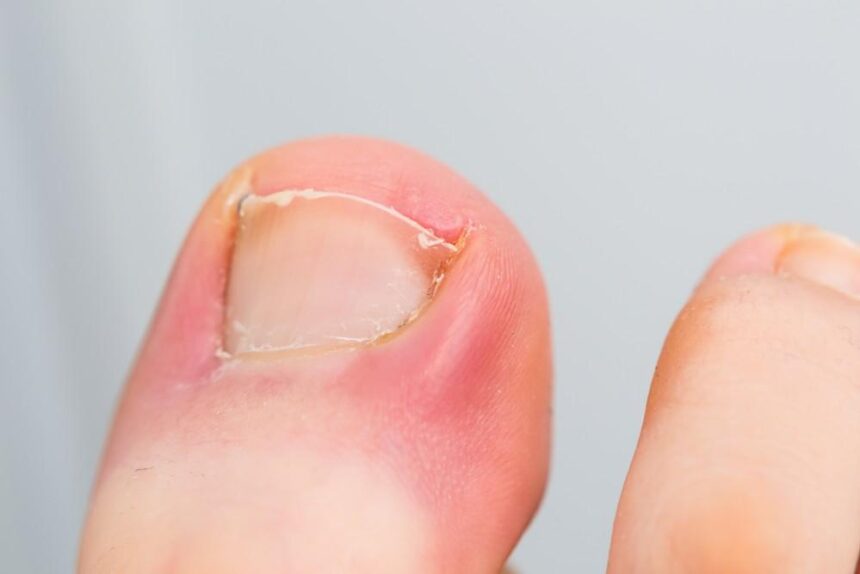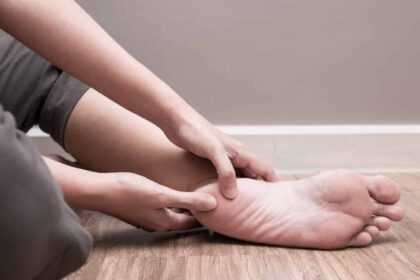Ingrown toenails might seem like a small nuisance, but they’re common and more painful than many people realize. An ingrown nail often leads to redness, swelling, and infection. Left untreated, a simple ingrown nail can turn into a recurring problem that interferes with daily comfort and mobility. Let’s explore what causes ingrown toenails to be so prevalent and the best ways to prevent them.
Improper Nail Trimming
One of the key contributors to ingrown toenails is improper nail trimming. Many people mistakenly cut their toenails too short or round the edges instead of trimming straight across. Trimming toenails this way alters their natural growth path, causing the nail to curve and dig into the skin.
Regularly cutting toenails following this pattern significantly increases the likelihood of developing an ingrown nail. It is helpful to adopt the practice of trimming toenails straight across and without excessive shortening. This small adjustment in nail trimming can make a noticeable difference in maintaining healthy toenails and reducing the risk of toenail infections.
Issues With Footwear
Footwear plays a fundamental role in foot care. Shoes that fit too tightly, are overly narrow, or are too shallow apply undue pressure on the toes. This pressure can cause the nail’s edges to dig into the surrounding skin, leading to the formation of ingrown toenails. Fashion trends often prioritize aesthetic appeal over functionality, leading to the widespread popularity of tight and narrow footwear.
High heels or ill-fitted shoes worn for extended periods limit toe movement and exacerbate pressure on the nails. Prolonged use of such shoes often increases the risk of toenail-related injuries. Transitioning to comfortable, well-fitted footwear with adequate room for toes to move freely can significantly reduce these risks.
Repetitive Stress
The activities you engage in can equally contribute to the development of ingrown toenails. Repetitive stress placed on the toes through sports or similar physical activities can create ideal conditions for ingrown nails to form. Sports where toes endure repeated pressure or trauma are typical examples that accelerate this issue.
This repetitive stress can cause irritation, swelling, or even micro-injuries to the toenails and surrounding tissue. Over time, the toenail may begin to grow abnormally, increasing the likelihood of ingrown nails. Using appropriate footwear for these activities and opting for protective measures, such as toe guards, may effectively mitigate this risk.
Other Factors
Beyond trimming techniques, footwear, and physical activities, other factors contribute to the prevalence of ingrown toenails. Sweaty feet create an environment that softens the surrounding skin, making it more susceptible to irritation and ingrowth. Medical conditions, such as diabetes, heighten sensitivity and make addressing minor toe issues more complex.
Genetics may also influence toenail shape and growth patterns, making some individuals more prone to developing this condition. If recurring ingrown nails are an issue, consulting a foot and ankle specialist may uncover underlying causes. Specialists help identify the root causes and provide preventive recommendations, as well as address advanced cases that require treatment.
Schedule Your Ingrown Toenail Treatment Today
Ingrown toenails, while common, can often be prevented by using correct practices in foot care. Techniques like proper nail trimming, wearing appropriate footwear, and protecting your toes during physical activities often help avoid discomfort and complications. When prevention measures are insufficient, it’s key to seek professional guidance to keep the condition from worsening. Schedule an appointment with a foot and ankle specialist today to make sure your feet stay healthy and pain-free.









